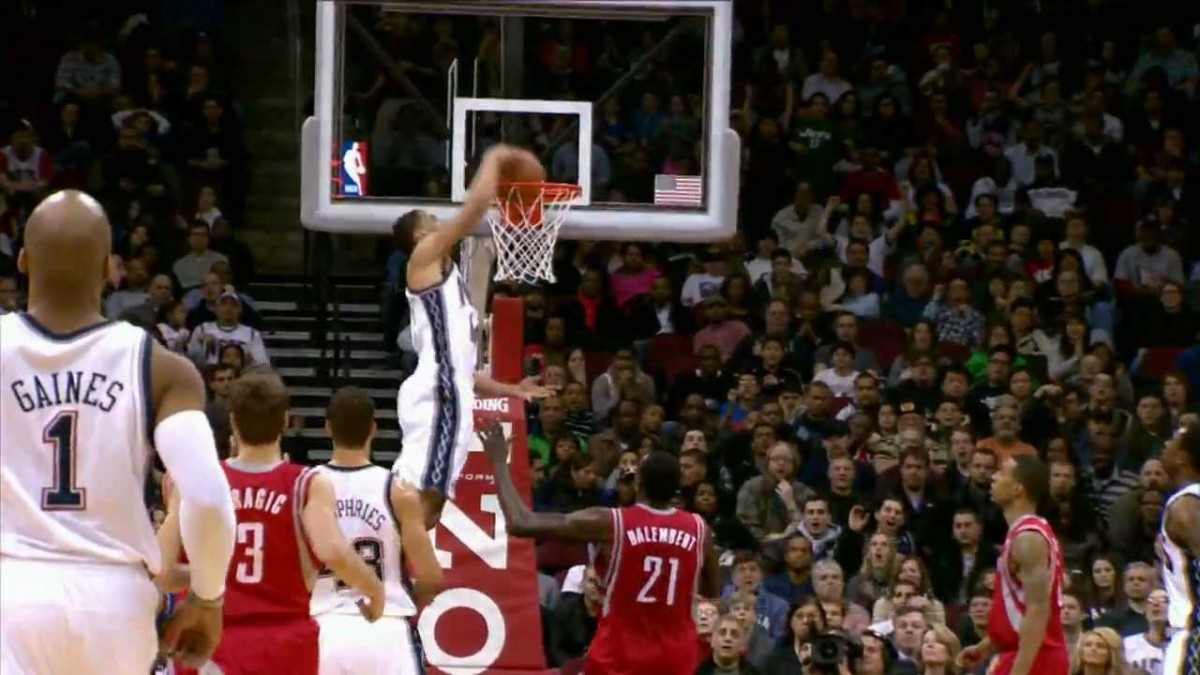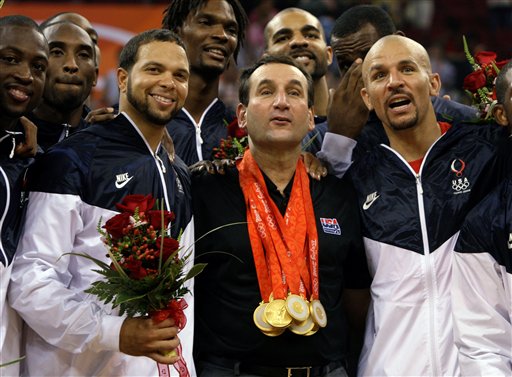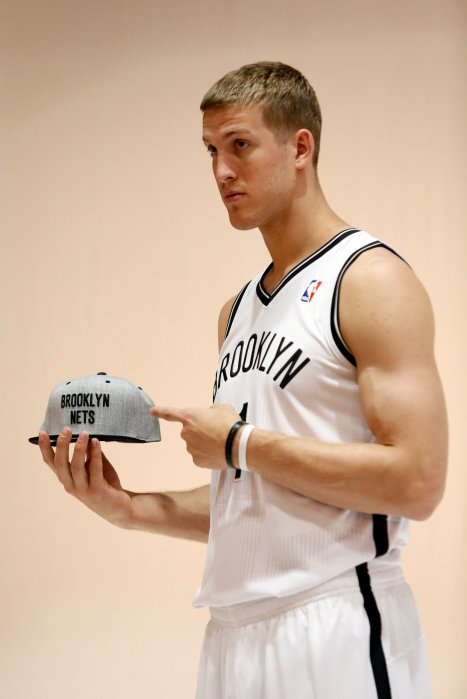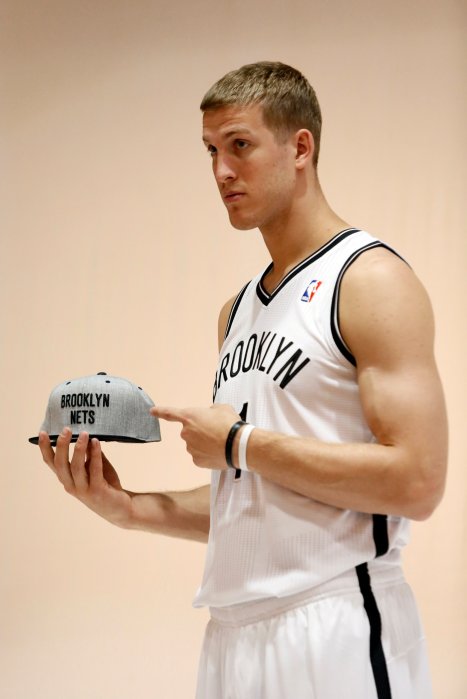Gerald Green became a fan favorite quickly last season. Following an excellent performance in the D-League All-Star Game (earning MVP honors with 28 points on 10-17 shooting), the Nets signed him from the Los Angeles D-Fenders to a ten-day contract on February 27th. Green quickly paid dividends; beyond the springboards in his calves, Green showed off a smooth shooting stroke from all areas on the floor.
Unfortunately, Green’s success comes as a double-edged sword to Brooklyn, as the demand that should follow his outburst will outstrip what the Nets are able to offer him in free agency. To break it down, a team can sign a free agent in one of three ways: with their cap room, with bird rights, or with one of their exceptions.
Gerald Green’s bird rights
The Nets currently hold Gerald Green’s bird rights, but they’re weak ones. Since Green has been on the team for one year, the Nets can only offer him 120% of the minimum salary, or about $1.19 million.
If Green agrees to a deal worth that amount, the Nets are fine. But Green’s almost assuredly getting more than that on the open market. That’s where the Nets run into trouble.
Cap room
After trading for Joe Johnson and committing to re-sign Deron Williams, the Nets are all but capped out. Even if they renounce their rights to everyone but Lopez, and the Nets back-load Gerald Wallace’s contract with the standard 7.5% raises, the Nets still have roughly $55 million tied up in salaries between Williams, Johnson, Wallace, Brooks, and Lopez’s cap hold. Throw in the standard cap holds (the minimum salary for each open roster spot) and the potential deal for Reggie Evans, and the Nets are fully capped out.
Unfortunately for the Nets, this may be how they’ll lose Gerald Green — another team with cap room could easily offer Green any portion of their open cap space. If they’ve got $15 million in cap room, they could theoretically offer him $15 million. They wouldn’t, of course — but they wouldn’t have to; they’d only need to offer enough above the $1.19 million figure to entice Green to leave.
Exceptions
This is where it gets tricky.
For all intents and purposes, the Nets have two eligible exceptions: the mid-level exception (worth $5 million) and the bi-annual exception (worth about $1.95 million). If the Nets use the bi-annual exception or more than $3.09 million of the mid-level exception, they’re committed via the CBA to a hard cap of $74.3 million. That hard cap hamstrings the Nets if they want to make additional moves, such as, say, adding a maximum contract player like Dwight Howard to their roster. Even with the minimal possibility that the Nets use their Brooklyn voodoo to convince the Magic to trade them Dwight Howard, the Nets likely won’t use either of those exceptions, if only to keep the window open.
So they can use up to $3.09 million to sign Gerald Green, right? Wrong. They’ve already committed that money to Bosnian forward Mirza Teletovic. That means the Nets can sign Green for up to $1.9 million via either exception — but in doing so, they all but eliminate their chance at acquiring Howard. The Nets just aren’t going to do that for Gerald Green.
I too have dreams of Gerald Green tearing down the Barclays Center with something like, oh, you know, this. He’d instantly be a fan favorite in the newest NBA arena. But all the Nets can do at this point is hope that no team comes by and offers Green more than $1.19 million, or hope that Green feels some measure of loyalty to the franchise or Brooklyn allure. Otherwise, we’ll see Gerald Green in another uniform next season.
Larry Coon contributed to his report. Any mistakes in it are fully my own. You can find his CBA FAQ here.




















